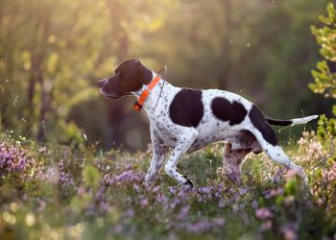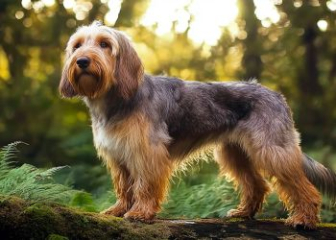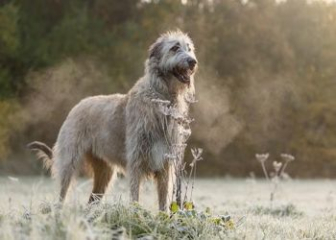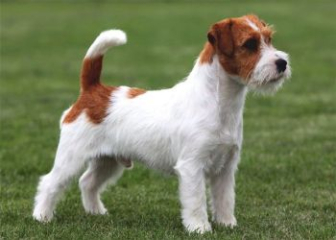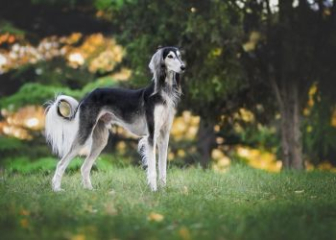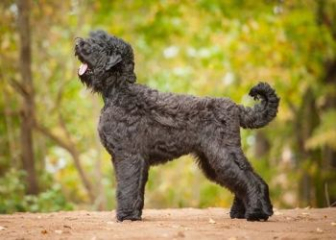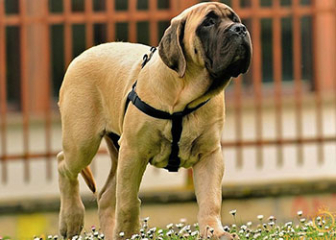Siberian Husky - Understanding Their Appearance, Personality, and Care
Blog | by
The Siberian Husky originates from sled dogs in northeastern Siberia, Russia. They are known for their energetic, playful nature and are often affectionately called "goofy dogs."
Huskies are gentle, friendly dogs that many pet owners choose to raise at home. With their thick fur and love for running and playing, they make great companions. So, what makes Huskies stand out? Let’s explore their characteristics in this detailed article from dog breed!
Origin of the Siberian Husky
.jpg)
The History of the Husky Breed
Huskies come from northeastern Siberia, Russia, where the Chukchi tribe bred them for pulling sleds in snowy conditions. These dogs were used for transporting goods and sledding in extreme weather. Despite their medium size, Huskies proved their strength by pulling sleds for hours without needing rest.
In the early 20th century, Huskies were brought to Alaska and North America for sled racing, which led to their popularity worldwide.
The average lifespan of a Siberian Husky is 12 to 15 years, which is common among many dog breeds.
There are two main types of Huskies: the purebred Siberian Husky and the Alaskan Husky, a mixed breed.
Physical Features and Coat Colors of Huskies
.jpg)
Huskies Come in Various Colors
Huskies are loved for their large, yet incredibly adorable, appearance. Their thick, dense fur makes them stand out.
- Body structure: Slim, elongated body with a height ranging from 53 to 60 cm.
- Weight: Between 18 to 30 kg, with variations depending on gender.
- Coat colors: Black & white, red (brown) & white, gray & white, all-white, and the rare “agouti” coat.
- Nose color: Matches their coat color.
- Eyes: Almond-shaped, slightly slanted. Huskies often have blue, brown, or even heterochromatic eyes.
- Ears: Triangular and always upright.
- Tail: Slightly curled while moving.
Personality Traits of the Husky
Huskies are often nicknamed "goofy dogs" due to their hyperactive nature. They love running, playing, and often perform silly actions. Unlike other dogs, Huskies rarely bark but instead howl, using it as a way to communicate with their pack.
While Huskies are friendly and intelligent, they are not natural guard dogs. If you want your Husky to become a protector, early training is essential. They need a spacious environment with a backyard or open space, as they are not suited for being kept in cages or small apartments.
How to Take Care of a Husky
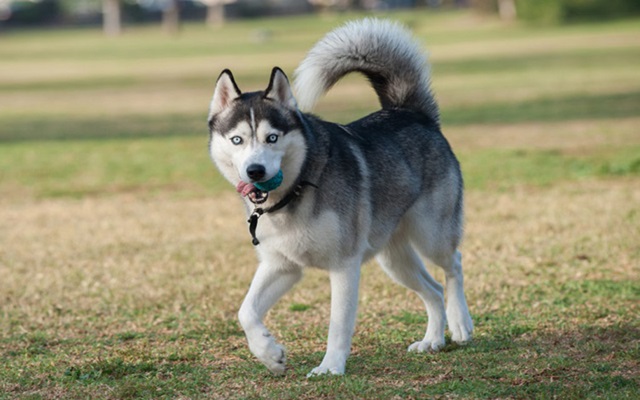
Vaccination Schedule for Huskies
When adopting a Husky puppy (6-8 weeks old), follow this vaccination plan:
- First shot: Protects against 5 diseases.
- Second shot: Two weeks after the first, covering additional diseases like Leptospirosis and Coronavirus.
- Third shot: Given at 14-16 weeks old.
- Rabies vaccine: At 8 months old, repeated annually.
After one year, repeat the full 7-disease vaccine and the rabies booster yearly.
Proper Diet for Huskies
A Husky’s diet should be tailored to their age:
Puppies (2-5 months)
- Feed 4-5 small meals daily.
- Soft foods like porridge with meat, boiled vegetables, specialized puppy milk, and boiled eggs.
- Avoid hard foods, as their digestion is still developing.
Adult Huskies (6 months - 2 years)
- Reduce to 3 meals per day but increase portion size.
- Suitable foods: Beef, chicken, salmon, organ meats (heart, liver), white rice, wheat, and dog kibble.
- Supplements: Omega-3, vitamin A, cheese, and healthy fats.
Senior Huskies (5+ years)
- Maintain a high-protein, high-fat diet.
- Ideal foods: Beef, pork, liver, kidney, lungs, and intestines.
- Add grains like brown rice and wheat.
- Since Huskies dislike vegetables, use nutrient-rich kibble to provide fiber.
Exercise & Training
Huskies are highly active and require at least 30-40 minutes of daily exercise. Walks, jogs, or playtime in open areas help them burn energy and stay healthy. Regular interaction strengthens the bond between you and your pet.
Grooming & Hygiene
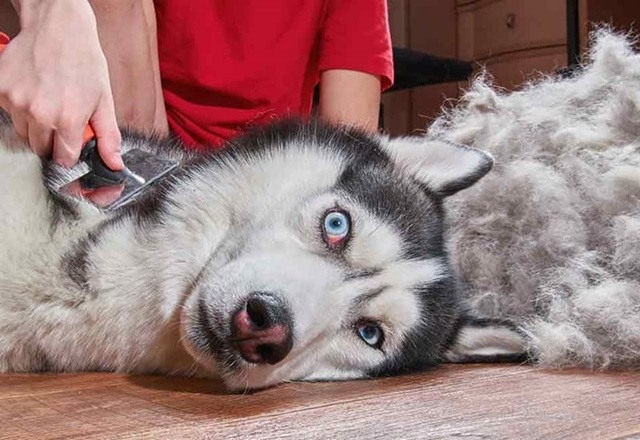
Huskies shed heavily twice a year, so proper grooming is essential
Husky dogs have a thick coat and shed twice a year, so you need a proper care routine to help them maintain a beautiful coat. Specifically, you should
- Brush their fur 2-3 times per week to reduce shedding and maintain cleanliness.
- Use pet-friendly shampoos when bathing them.
- Professional grooming services can provide expert care if needed.
Common Health Issues in Huskies & Prevention
Digestive Problems
- Causes: Spoiled food, intestinal parasites.
- Symptoms: Loose stools, dehydration, bloating.
- Prevention: Fresh, clean food and regular deworming.
- Treatment: Veterinary care if symptoms persist.
Hip Dysplasia
- Causes: Genetics or improper exercise.
- Symptoms: Limping, difficulty walking.
- Prevention: Avoid excessive exercise in puppies, maintain a healthy weight.
- Treatment: Pain management, anti-inflammatory medication, or surgery in severe cases.
Progressive Retinal Atrophy (PRA)
- Causes: Genetic disorder.
- Symptoms: Cloudy eyes, poor vision, frequent collisions.
- Treatment: Supplements like Omega-3 and vitamin A.
Gastric Torsion (Bloat)
- Causes: Eating too quickly, exercising after meals.
- Symptoms: Swollen stomach, nausea, difficulty breathing.
- Treatment: Immediate veterinary attention is crucial.
Latest Husky Price Guide
Husky prices vary based on color, age, and origin:
| Coat Color | Price (VND) | Origin |
|---|---|---|
| Black & White Husky | 8 million | Vietnam |
| Light Brown Husky | 10 million | Vietnam |
| Red-Brown Husky | 11 million | Vietnam |
| Black Husky | 20 million | Thailand |
| Blue-Eyed Husky | 30 million | Thailand |
| Gray & White Husky | 50 million | Europe |
| Pure White Husky | 70 million | Europe |
FAQs About Huskies
Are Huskies Related to Wolves?
Yes! Huskies share some wolf-like traits, such as their howling and striking appearance. However, they are domesticated and have been bred for companionship.
Do Huskies Bite?
Huskies are not aggressive by nature, but they may bite if they feel threatened or if their owner is in danger. Always train and socialize your Husky properly.
Can You Buy a Purebred Husky for 3 Million VND?
Finding a purebred Husky at this price is rare. Look for trusted breeders or adoption centers to ensure you get a healthy, well-raised Husky.
Beautiful Husky Pictures
Here are some stunning and goofy Husky images for you to enjoy!
.jpg)
Image of a crazy Husky
.jpg)
White Husky dog
.jpg)
Black Husky dog
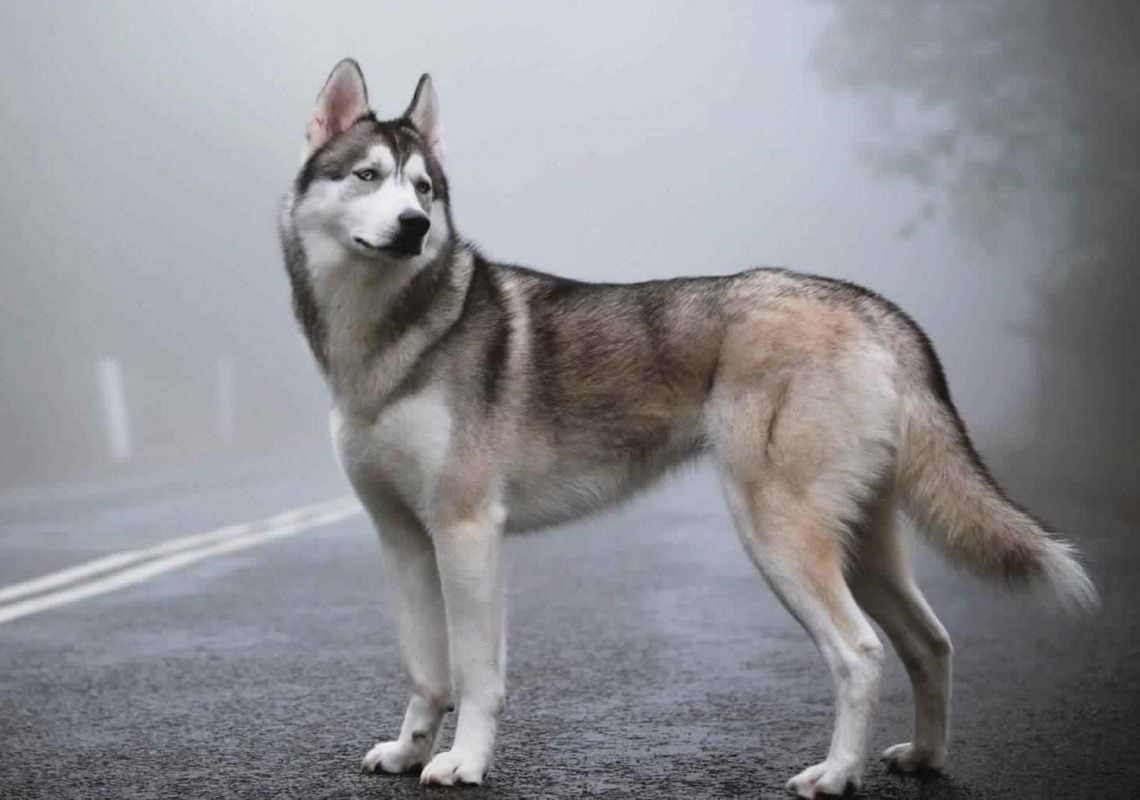
Husky hybrid dog
The article above from the Blog dogbreed.wiki has shared information about the Husky dog, including its origin, appearance, personality, and how to care for this sled dog to help it develop better. Hopefully, with the information provided, you will gain a better understanding of this breed and find the best way to care for a dog originating from northeastern Siberia, Russia
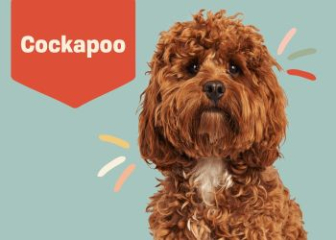
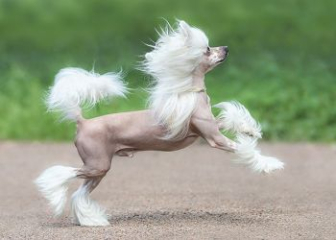
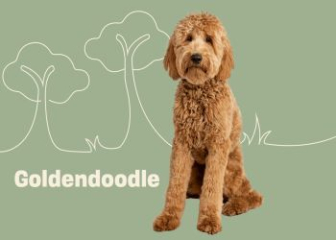
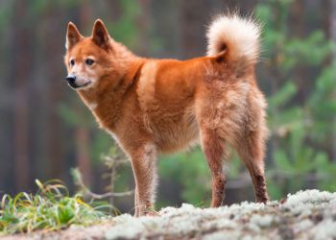
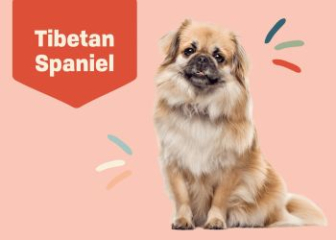
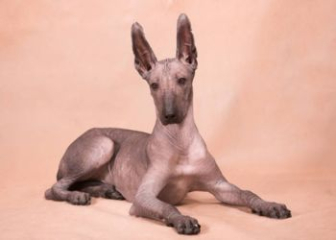
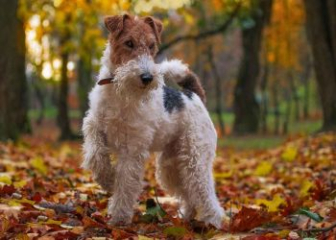

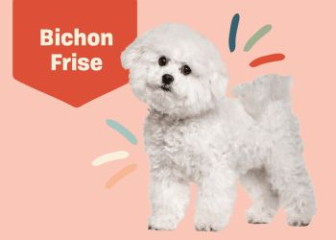
_350x250.jpg)

